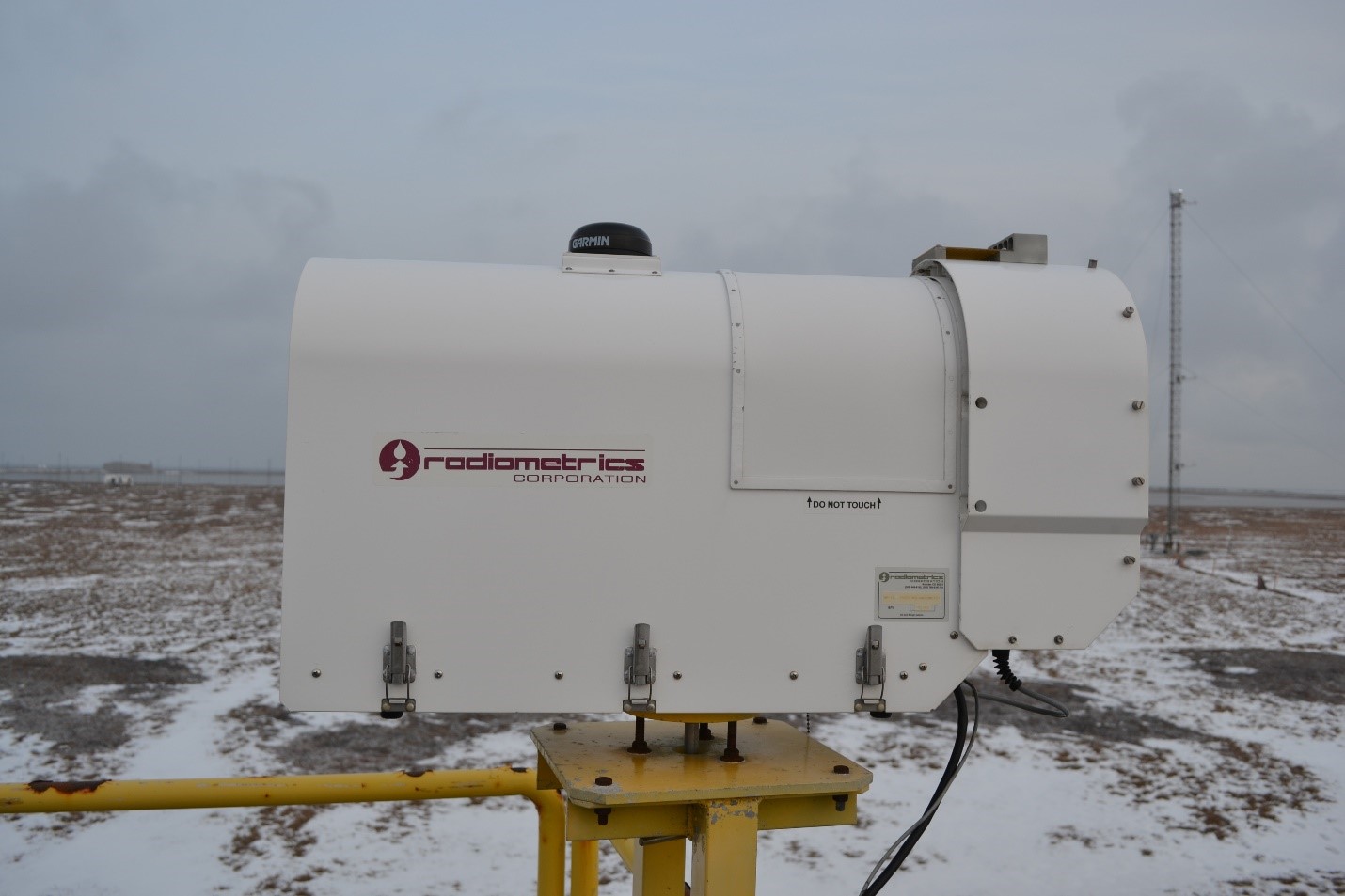New Microwave Radiometer Retrievals VAP Data Available for Several ARM Campaigns and Sites
Published: 20 February 2019

The Microwave Radiometer Retrievals (MWRRET) value-added product (VAP) has been processed for the following Atmospheric Radiation Measurement (ARM) user facility field campaigns and measurement sites:
- the ARM North Slope of Alaska (NSA) central facility at Barrow, known officially as Utqiaġvik, for the years 2014 through 2017
- the ARM Southern Great Plains (SGP) Central Facility near Lamont, Oklahoma, for the years 2014 through 2017
- the full ARM West Antarctic Radiation Experiment (AWARE), a field campaign that took place from November 2015 to January 2017
- the full Layered Atlantic Smoke Interactions with Clouds (LASIC) field campaign from October 2016 to February 2017 on Ascension Island in the South Atlantic Ocean.
The MWRRET VAP retrieves column precipitable water vapor and liquid water path—both important variables to understanding radiative transfer in the atmosphere and clouds—from ARM’s 2-channel microwave radiometers. The VAP uses a physical retrieval methodology and bias correction that provides improved retrievals over the standard statistical coefficient method.
MWRRET data are available in two types. The s1/s2 classification indicates “summary” files with fewer auxiliary variables and summarized quality control (qc) flags. The c1/c2 files include all additional variables and detailed qc flags. The retrieved values are the same in the c2 or s2 level files.
The NSA and SGP releases upgrade previously available MWRRET data from preliminary level 1 (c1/s1) processing, which provide only a running bias correction to the 30 GHz channel, to level 2 (c2/s2) processing. This processing includes more careful bias corrections for both the 23 GHz and 30 GHz channel measurements, resulting in a more accurate retrieval.
LASIC retrievals are available from two locations on Ascension Island: the main ARM Mobile Facility site (data files labeled M1) and a supplementary deployment at the airport (data files labeled S1).
Feedback on the VAP can be sent to Laura Riihimaki.
More information on MWRRET is available on the VAP web page. To access these data, log in to the ARM Data Center. (Go here to request an account.)
To cite the MWRRET data, please use doi:10.5439/1285691.
Keep up with the Atmospheric Observer
Updates on ARM news, events, and opportunities delivered to your inbox
ARM User Profile
ARM welcomes users from all institutions and nations. A free ARM user account is needed to access ARM data.


















